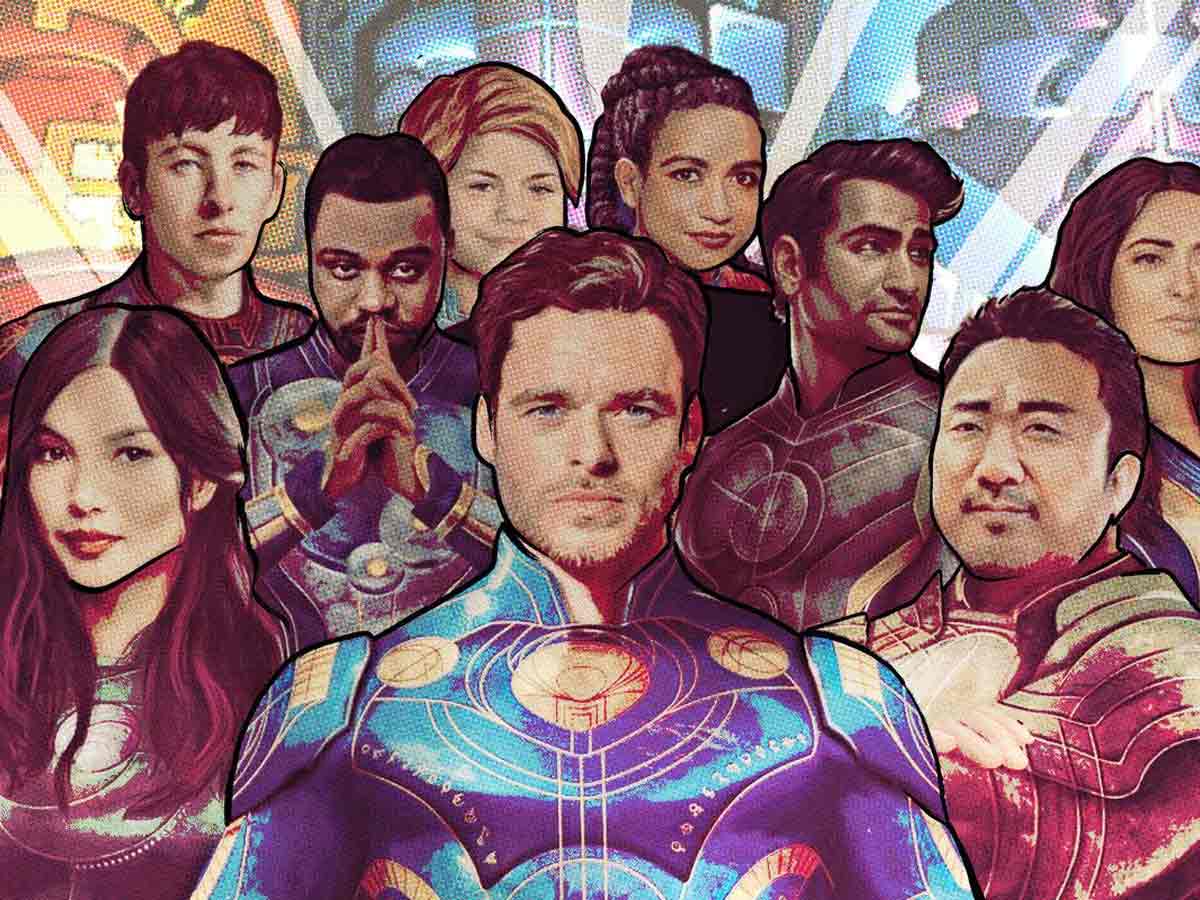While Eternals contain many of the hallmarks of a Marvel film, Zhao’s massive superhero epic is unlike anything else created by the MCU.
Eternals, the 26th film in the overall Marvel Cinematic Universe and the third and in Phase 4, introduces a completely new band of superheroes to Marvel Studios’ franchise universe. Chloé Zhao (Nomadland) directs the picture from a script she co-wrote with Patrick Burleigh (Ant-Man and the Wasp), Ryan Firpo (Bet Raise Fold), and Kaz Firpo (Refuge), and is based on a narrative by the Firpos. Eternals is an adaptation of the Marvel Comics characters of the same name developed by Jack Kirby in 1976, introducing the extraterrestrial heroes to the MCU universe.
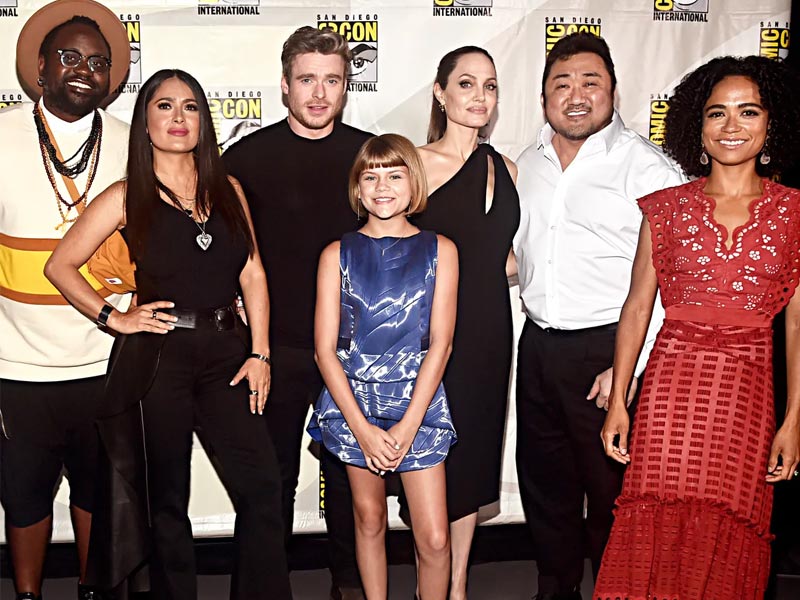
The most recent additions to the Marvel pantheon are appropriately godlike. For millennia, the Eternals — ten of them for the sake of the current film and more, than promised by the mid-credits and post-credits scenes–have safeguarded humanity. The Eternals have been there through good and bad times, preserving a balance between people, their own creators known as the Celestials, and the wicked aliens known as the Deviants. A catastrophe causes the Eternals, who are dispersed around the planet, to reassemble and rethink their relationship with the Celestials and their opponents.
The film’s plot begins in 5000 BC, when the Eternals are sent to Earth to guard the planet and the humans that dwell on it from the malevolent aliens known as Deviants. Throughout history, the team battles the Deviants until they are nearly extinct, although the Eternals are barred from being involved in any human dispute. The film begins on the current day, after the squad has disbanded. Sersi (Gemma Chan) lives in London with Sprite (Lia McHugh) and is in a relationship with human Dane Whitman (Kit Harington). When a Deviant strikes, Ikaris (Richard Madden) shows up, and the Eternals realise they need to rebuild their crew.
Ajak (Salma Hayek), Kingo (Kumail Nanjiani), Thena (Angelina Jolie), Gilgamesh (Don Lee), Druig (Barry Keoghan), Phastos (Brian Tyree Henry), and Makkari traverse the world to see their old teammates: Ajak (Salma Hayek), Kingo (Kumail Nanjiani), Thena (Angelina Jolie), Gilgamesh (Lauren Ridloff). They must work together to figure out why the Deviants have returned and devise a plan to preserve the Earth.
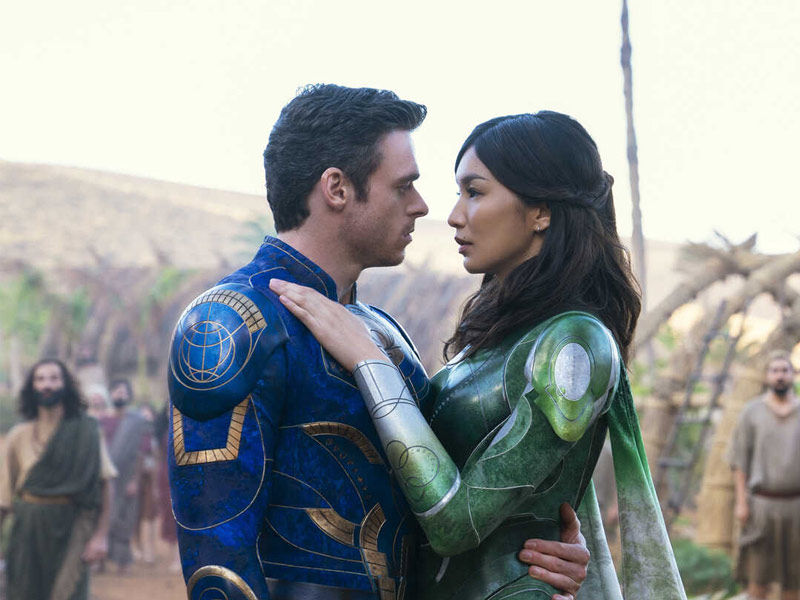
The main premise of Eternals is: for thousands of years, a squad of immortal superheroes — the titular Eternals — have been living in secret among humans on Earth, sent by the god-like Celestials to assist nurture humanity and protect them from the wicked Deviants. The Eternals have spent ages disguised among humans, their epic achievements misinterpreted as fabled gods.
If that seems like a lot, that’s because it actually is. Eternals tries its best to establish the characters, as well as their connections, powers, and aspirations, but there’s a lot of background to fit into the two-and-a-half-hour film.
Some Eternals are more “primary” characters by default than others: Cersei and Ikaris receive a lot of time to work out their relationship, whereas Phastos and Makkari are basically supporting characters. Although Nanjiani’s character, Kingo, does his hardest to steal the show — his character has spent his years on Earth constructing a Bollywood dynasty–he is frequently overshadowed in favour of the more essential characters.
It’s not that Marvel movies can’t handle such a large cast. The action-packed Avengers flicks, as well as the Guardians of the Galaxy films, are testaments to the studio’s ability to fit dozens of heroes into a single picture. However, Eternals has an uphill climb, beginning with the fact that we’re meeting these characters for the first time, despite Marvel’s 20-plus films and series.
Also Read, Army of Thieves: A Heist Comedy you Must Watch
All of this would be fine if the Eternals did intriguing things. However, the first half of the film focuses on how the Eternals became separated 6,500 years into their job of hunting Deviants, as well as a “putting the band back together” scenario of progressively reassembling the squad to face the eminent Deviant menace.
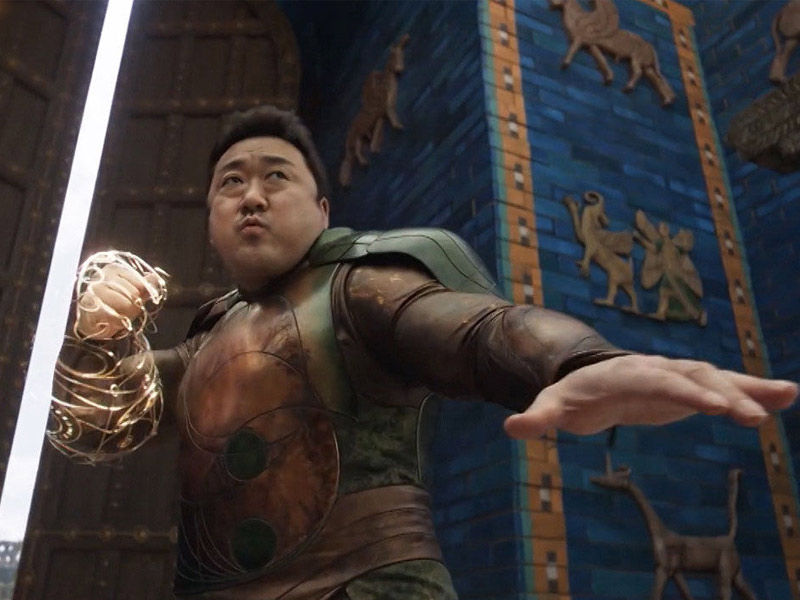
The marigold wedding, the Eternal called Kingo, and Harish Patel as Kingo’s Hindi-speaking “valet” may appeal to Indian audiences. The family-comes-first concept is also tinged with Bollywood. Chloe Zhao helmed the 155-minute Eternals, beaming herself into the Marvel Cinematic Universe after winning an Oscar for the bleak road drama Nomadland. Zhao, who is also one author, may be responsible for the multi-ethnic ensemble, the significance given to female characters, the first gay and first deaf Marvel superheroes, and the worries about genocide and conflict.
A mid-movie knowledge dump helps jumpstart an actual narrative, but even that comprises various permutations of Eternals hanging around and talking about a cosmic-scale trolley dilemma. Eternals is continuously bouncing back and forth between not having enough to worry about and suddenly having too much to worry about. One enemy in Eternals does not emerge until over two hours into the film. Another character appears often in the film but is never given a name. An important character just opts out of the third-act battle action altogether, going unnoticed by the other characters until the film’s climax.
Of course, Marvel can’t help but build up potential sequels and spinoffs with Eternal’s cliffhanger finale and post-credit scenes.

Despite its shortcomings in narrative and pace, Eternals is a visually stunning film. Most has already been said about filmmaker Chloé Zhao’s decision to shoot much of the picture on actual, real-world settings rather than the MCU’s typical green screen sets, and the difference is palpable. The dry deserts, cloudy beaches, and lush jungles of Eternals feel genuine in a way that CGI landscapes typically don’t, with soaring views and sunsets giving a tangibility to the more fanciful happenings.
The obligatory battle sequences are also excellent; the Eternals employ their toy box of complementing powers to amusing effect, and the golden curlicues that serve as visual shorthand for everyone’s powers are a refreshing contrast from Marvel’s usual color-coded energy blobs.
Eternals is also Marvel’s most diverse picture by far, a standard that, although low enough to be easily surpassed, is worth noting, however belatedly in the studio’s decade-plus career. It’s really great to see a larger diversity of performers on film beyond the Chrises, even if the much-anticipated debut of Brian Tyree Henry’s gay hero is shot in a way that makes it as simple to excuse for global box office needs as possible.
Eternals was planned to be the first Marvel film following Spider-Man: Far From Home to delve more into the repercussions of post-blip life. Instead, that award went to Shang-Chi and the Legend of the Ten Rings, which delivered a narrative with a fresh voice in the Marvel world from beginning to conclusion. While I admire Eternals for taking a unique risk with its time-jumping events, it is confusing storyline eventually lets it down.
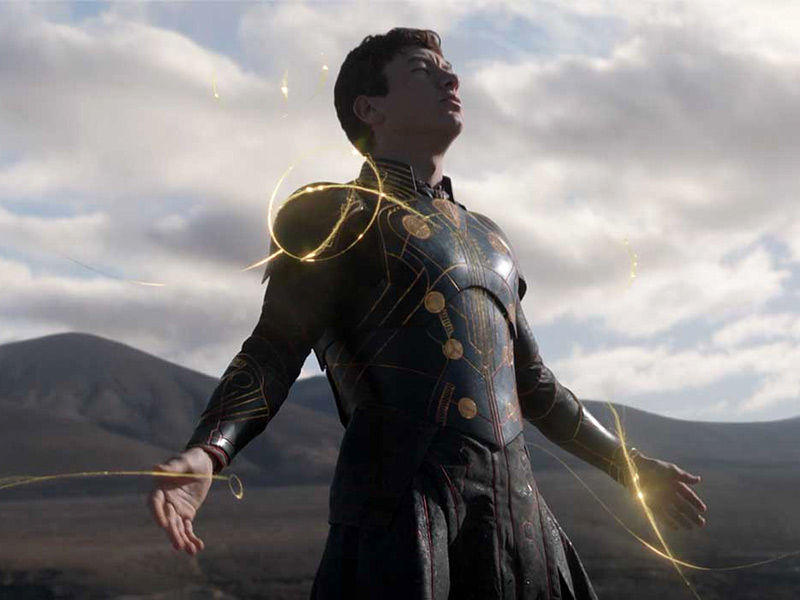
Eternals attempts to be too much — and suffer. The film’s chief aim of becoming a Marvel universe origin story has potential, but it’s much too much to pack into the restrictions of a modern superhero picture. It’s pointless to examine where these heroes come from if we don’t take time to care about who they are.
The true winners, though, are the visual effects and action teams. Eternals soars when superhuman talents are in full flow and sags when the torturous back story needs to be conveyed.





















